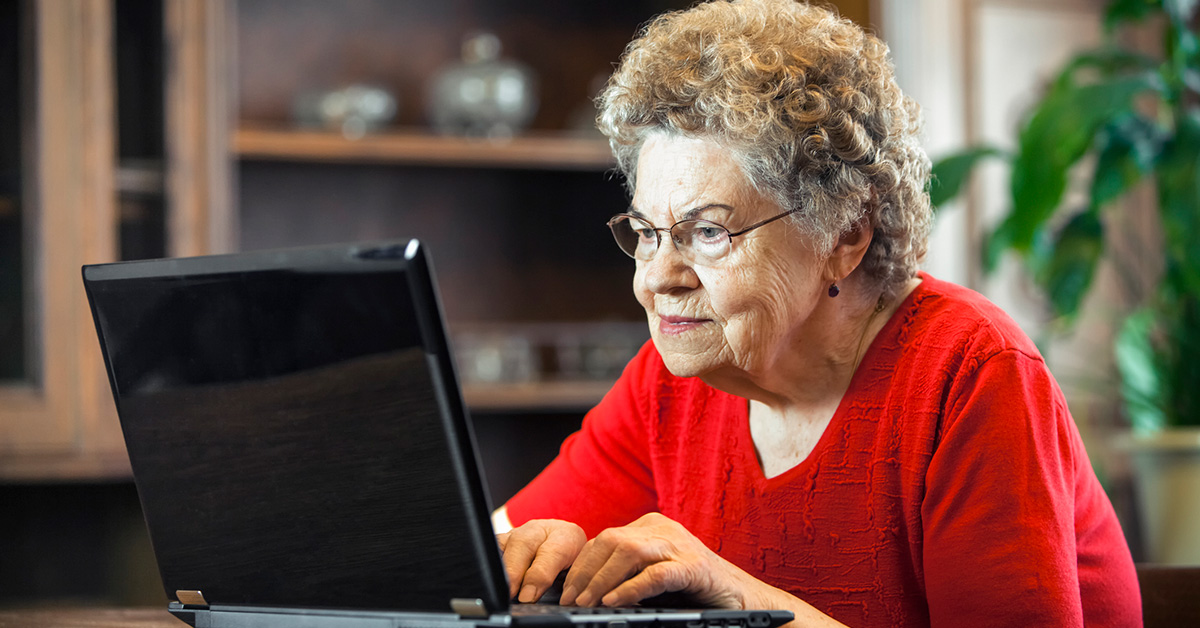When the COVID-19 pandemic began in spring 2020, the federal government asked individuals to social distance from one another. In response, state, and local authorities nationwide began issuing curfews and recommendations to “shelter-in-place.” Many people worried the mental health of older adults would suffer from the negative effects of COVID-19 and social isolation. Previous research by University of Minnesota School of Public Health researcher Jude Mikal showed that younger people turned to social media, such as Facebook, and used it as a sort of emergency broadcasting platform to share information, support, and resources early on in the pandemic. Now, new research from Mikal shows older adults signed on to social media too, but not for the same reasons or to the same effect.

“There are more and more Baby Boomers online, but we know very little about their social media engagement patterns,” says Mikal. “The cultural shock of COVID-19 and social distancing created a great opportunity to see if they would migrate in mass to social media for news and information.”
The study, co-authored by Professor Rebecca Wurtz and researcher Stuart Grande, recently appeared in the journal Gerontology and Geriatric Medicine.
For the study, Mikal and his team followed 22 Americans over the age of 65 who used social media (Facebook, Instagram, Twitter) and related media (Youtube, Netflix, The New York Times website, etc.) over a period of six weeks beginning in March 2020. The surveys asked the participants about their computer and social media use, as well as social distancing practices during the period.
The surveys showed:
- Older adults tend to be more targeted in their use of social media, using it to check in on specific people or accounts compared to younger people who are more likely to browse the sites and apps more. For example, some older people in the study reported visiting Facebook for less than 10 minutes a day and only to look at the accounts of specific family members.
- Older adults tend to favor one-to-one communication versus posting or reading content for group viewing. This means they were more likely missing out on sharing critical COVID-19 related posts, articles, and information that allowed social media to function like an emergency broadcast service.
- Older adults had a conspicuous absence of engagement with businesses’ social media pages and weren’t seeking out information regarding how stores and companies were operating during the pandemic.
- Over time, older adults progressively withdrew from participating in social media and consuming news online.
- As a result, older adults increasingly sought connection in real-world interactions and began easing their social distancing compliance in advance of Centers for Disease Control recommendations. For example, people reported visiting with their grandchildren more, returning to choir practice, or spending extra time in gardening stores.
“Pew reports and other data show that up to 65% of older adults are on social media — it’s really high,” says Mikal. “Facebook is now the McDonald’s of websites — everybody is going there. But what we found is older adults are not participating in the most popular groups and pages or staying on social media sites long enough to see the most important information shared.”
Mikal says the results mean that flooding social media news feeds with pertinent information won’t necessarily reach older audiences. Rather, messages would have to be communicated very obviously, such as by using banners, in order to gain the attention of what he terms “drop-in users.” Mikal also recommends that social media platforms find ways to group users into smaller social groups that appeal to older audiences and develop strategies for effectively broadcasting information to them.
Mikal’s study was funded by an Office of the Vice President for Research COVID-19 Rapid Response Grant.

